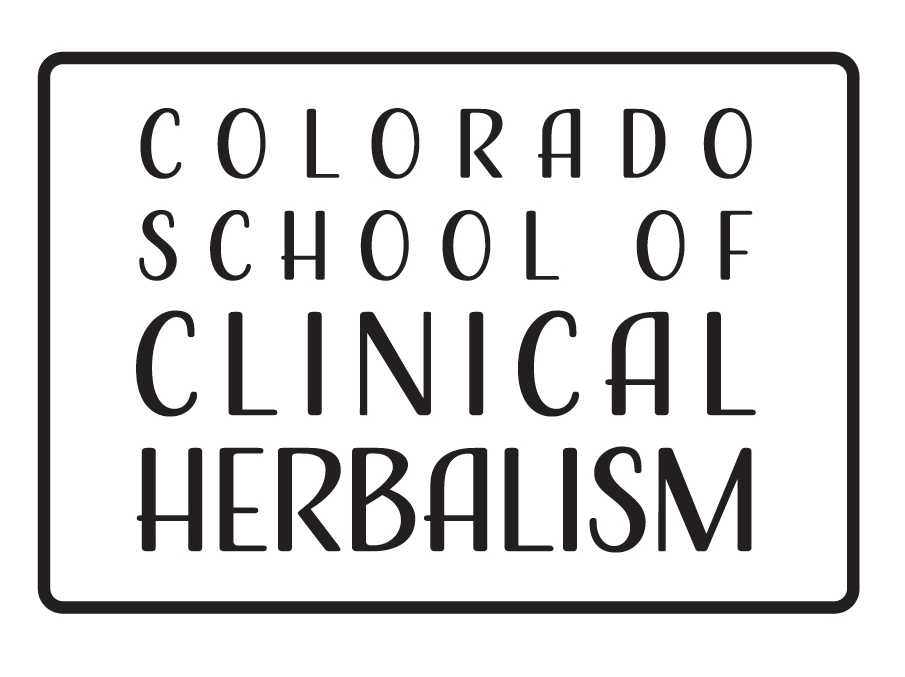
By Becca Wasserman, CH
Teetering on the edge of, “Am I getting sick?” Or feeling like everyone around you is? Try making a batch or two of herbal chai to sip on for a few days. This recipe contains the traditional spices used in India to make chai (Cardamom, Ginger, Clove, Cinnamon, and Black Pepper), as well as additional herbs that support immune, respiratory, and digestive function. It’s warming, spicy, and mildly stimulating, which makes it a perfect tea to drink on a cold winter day (especially if you’re feeling a little under the weather or run-down!).
Immune-boosting, antiviral, antioxidant and anti-inflammatory, antispasmodic, both stimulating and soothing to the digestive system, decongestant, and supportive of respiratory health — this chai is best taken as a preventative measure, or right at the first signs of a cold or flu. It can also be used as a digestive aid, taken before or after meals, or for loss of appetite, bloating, gas, nausea, and sluggish or impaired digestion.
Ingredients
- Echinacea (E. purpurea, E. angustifolia): 1 tsp.
- Ginger (Zingiber officinalis): 1 tsp.
- Elderberries (Sambucus nigra, S. canadensis): 1/2 tsp.
- Cinnamon chips (Cinnamomum verum): 1/2 tsp.
- Cloves (Syzygium aromaticum): 1/2 tsp.
- Fennel seeds (Foeniculum vulgare): 1/2 tsp.
- Ashwagandha (Withania somnifera): 1/2 tsp.
- Shatavari (Asparagus racemosus): 1/2 tsp.
- Rose Hips (Rosa canina): 1/2 tsp.
- Cardamom (Elettaria cardamomum): 1/4 tsp.
- Oshá (Ligusticum porteri): 1/4 tsp.
- Black Pepper (Piper nigrum): 4-5 peppercorns – 1/4 tsp.
Preparation & Dosage
- Combine herbs in a large pot, add 6 cups of water.
- Gently simmer on low heat for 30-60 minutes. This method of water extraction, used for tough and fibrous roots, barks, berries, and seeds, is called a decoction. The longer the decoction, the spicier and more medicinal the chai will be!
- Drink 8 oz., 3 times a day during the early stages of a cold or flu, or drink 8-16 oz. per day for 7-10 days as a preventative measure.
- Add a small amount of Almond or Coconut milk and honey, if desired.
Cautions, Contraindications, & Additional Notes
- If drinking this chai for more than 2 weeks, I would recommend taking Echinacea and Oshá out of the formula and substituting with more Ashwagandha and/or Shatavari. Echinacea is best used in acute situations, rather than for long-term use, and I adore Oshá, but due to its sensitive environmental status (United Plant Savers At-Risk Species List) I use it sparingly and in special circumstances. Ashwagandha and Shatavari balance the spicy, warm, and dry formula nicely with their moistening and nutritive qualities, and adaptogenic actions which enhance the body’s resistance to stress. Shatavari also has an affinity for the lungs– specific for dryness of the lungs and throat– and the female reproductive system.
- Not recommended for use during pregnancy and lactation.
- May aggravate hot flashes in perimenopausal and menopausal women. Monitor and decrease dosage or discontinue use if hot flashes increase or are intensified.
- Ginger may have an adverse additive effect with anticoagulant drugs and/or platelet aggregation inhibitors. Consult your physician if you are taking these medications.
- Echinacea should not be used in cases of chronic debilitating disease, or used regularly by individuals with autoimmune conditions.
Resources
- CSCH Class Notes, Fundamentals & Advanced (2012-2013)
- “An Herbalist’s View: Approaches to Colds and Flus” by 7Song
- The Way of Herbs, Michael Tierra, 1998
